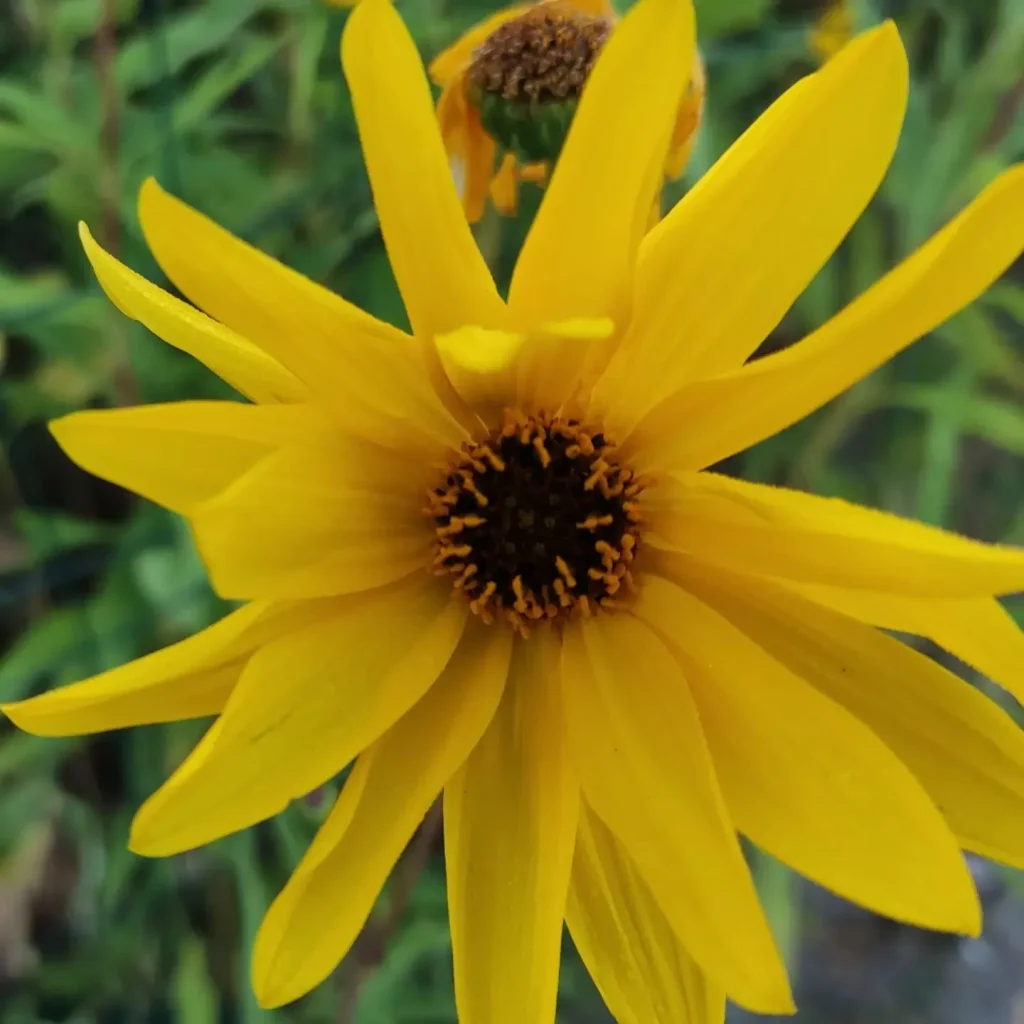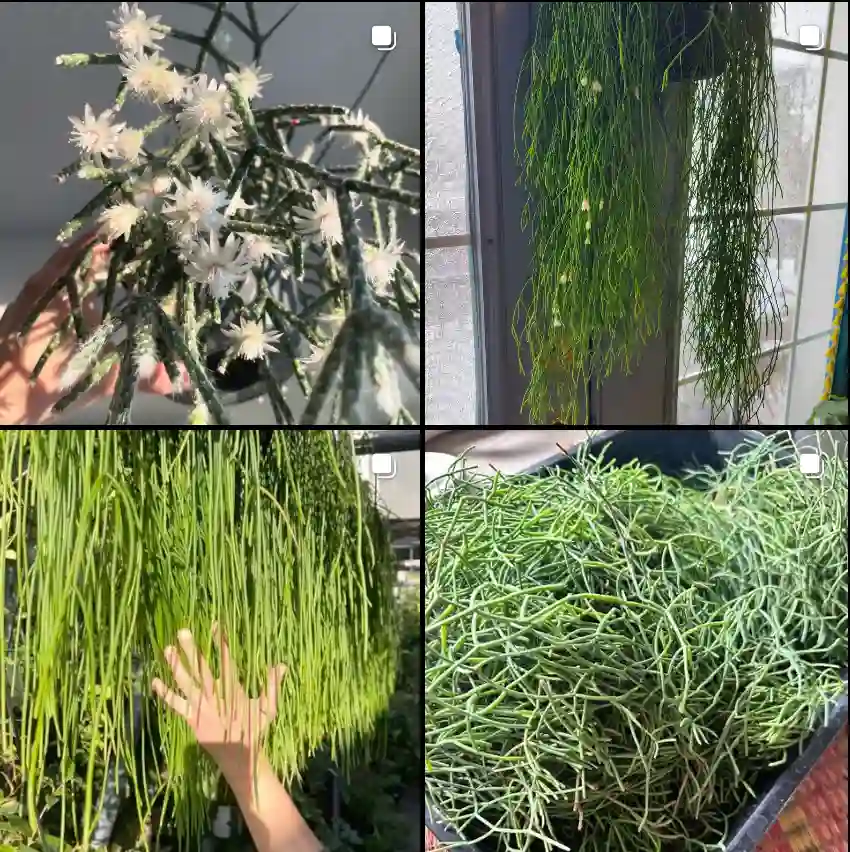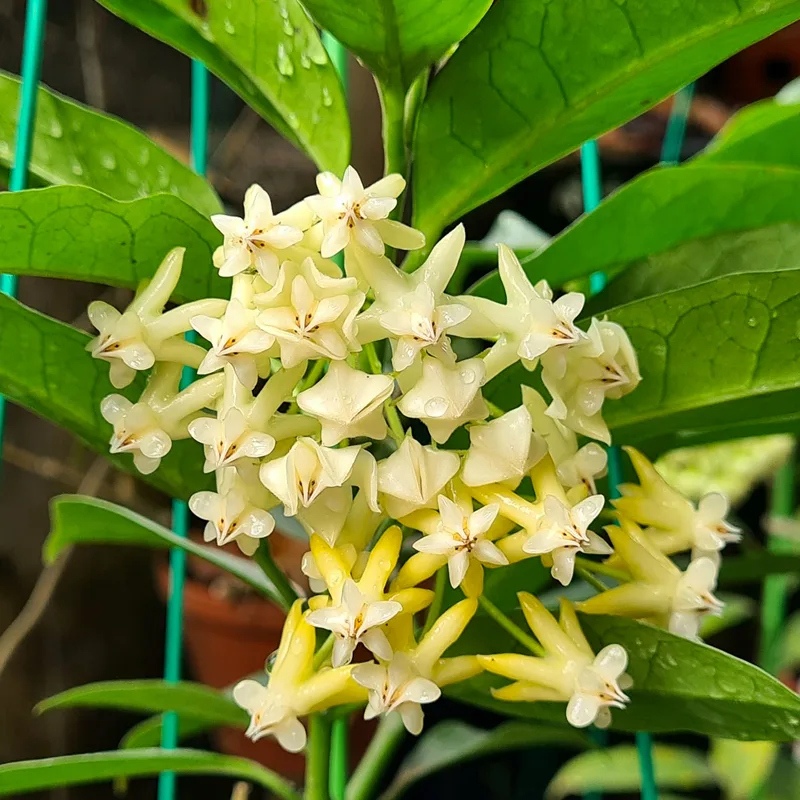Matoniaceae: My Journey into the World of Ancient Ferns
The Matoniaceae family of ferns holds a special place in my plant exploration journey. It’s not one of the first plant families that comes to mind when you think of ferns, but it has a fascinating history and a unique appearance that makes it stand out. There are only two genera in this family—Matonia and Phanerosorus—both of which I find intriguing for their rarity and evolution. In this article, I’ll dive into what makes the Matoniaceae family so special, its fascinating history, and my personal experience with these ancient ferns.
Discovering Matoniaceae
When I first stumbled upon the Matoniaceae family, I was captivated by its story. This family has roots that date back to the Mesozoic era, the time of dinosaurs. These ferns thrived in a vastly different world, and yet a few species have survived into modern times. While not the most common ferns in home gardens, they are a hidden gem for plant enthusiasts who love diving deep into evolutionary history.
I first encountered the Matoniaceae family during my research into rare and ancient ferns. The prehistoric origin of these ferns, combined with their unusual morphology, made them an instant point of fascination for me.
The Matonia Genus
The Matonia genus is one of the two genera in the Matoniaceae family, and it consists of just a couple of species—Matonia pectinata and Matonia foxworthyi. These ferns are native to Southeast Asia, where they primarily grow in montane forests on limestone substrates. What I find interesting about Matonia ferns is their highly distinctive fronds. The fronds are fan-shaped and emerge from a central point, creating an almost circular spread. This form makes them unique among ferns, setting them apart from the typical feathery or segmented fronds I’m used to seeing in other families.
What fascinates me about Matonia is its ability to thrive in environments that are challenging for most plants. These ferns prefer high altitudes and areas with high humidity, making them perfect for the cloud forests of Borneo and Malaysia. Although difficult to cultivate outside their native range, I’ve often wondered what it would take to recreate the right conditions to grow these ferns successfully in a home garden.
The Phanerosorus Genus
On the other side of the Matoniaceae family is the genus Phanerosorus, which includes species like Phanerosorus sarmentosus. This genus is even more mysterious and lesser-known than Matonia. What sets Phanerosorus apart is its vine-like growth habit. Unlike most ferns that grow in a clumped or bushy formation, Phanerosorus has climbing or trailing stems, making it somewhat unique in the fern world.
In my research, I discovered that Phanerosorus grows in tropical rainforests, often in the understory where it can trail along the ground or climb up trees. This climbing nature reminds me a little of certain epiphytic ferns, but with its own twist. The long, trailing fronds create a striking visual, and I imagine it would look beautiful cascading down a tall tree in a botanical garden.
The Rarity and Challenges of Growing Matoniaceae
One of the reasons why I’m so drawn to the Matoniaceae family is its rarity. These ferns aren’t something you’ll find at your local nursery or even in most botanical gardens. Their niche habitats and specialized growing conditions make them difficult to cultivate, even for experienced gardeners. They need very specific environmental factors like high humidity, well-drained soil, and constant access to water.
I haven’t had the chance to grow any Matoniaceae ferns myself yet, but it’s certainly on my list of future challenges. The idea of trying to mimic the high-altitude cloud forests of Southeast Asia in a controlled environment is daunting but exciting. If I ever manage to get my hands on a Matonia or Phanerosorus fern, I know it’ll be a rewarding project, even if it takes a lot of trial and error to get the conditions just right.
Why Matoniaceae is Important
Beyond their rarity and unique appearance, what strikes me most about the Matoniaceae family is its historical and ecological significance. These ferns are living relics from a time when the Earth was a very different place. Their survival through multiple mass extinctions and environmental shifts speaks to their resilience, and that’s something I deeply admire.
In a world where many plant species are struggling to adapt to climate change and habitat loss, the Matoniaceae family reminds me that nature has its own ways of persevering. However, that doesn’t mean these plants are invulnerable. Habitat destruction in Southeast Asia is threatening many of the native environments where these ferns grow. It’s a reminder that even the most resilient species need our protection.
Final Thoughts on Matoniaceae
My journey into the world of Matoniaceae has deepened my appreciation for ferns and their incredible diversity. Though not the easiest plants to grow or find, the ferns in the Matonia and Phanerosorus genera have become a new fascination of mine. They’re a testament to nature’s adaptability and endurance through millions of years of change.
If you’re looking for a plant family that’s rich in history, unique in appearance, and challenging to grow, I highly recommend diving into the Matoniaceae. Whether you’re a seasoned fern enthusiast or just starting your journey into the world of ancient plants, the Matoniaceae family offers something truly special. For me, the next step is figuring out how to grow one of these prehistoric beauties at home—though I know it’ll take a lot of patience and care.
If i die, water my plants!



